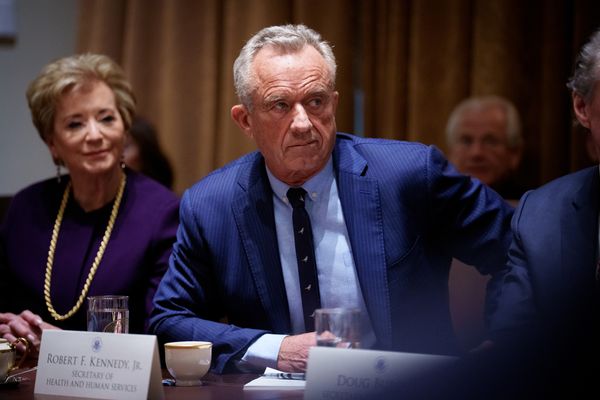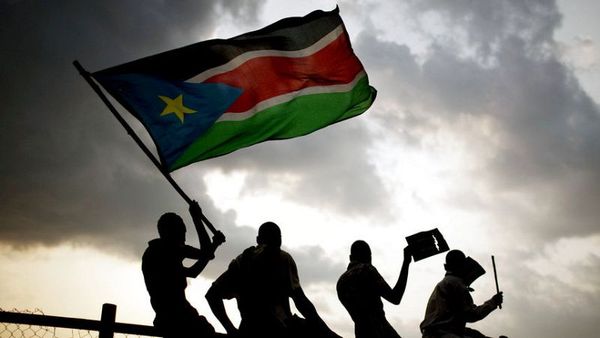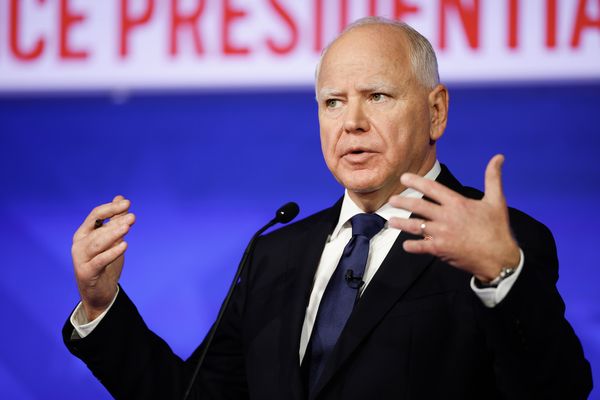
With the flood emergency ongoing in eastern Australia, the federal emergency minister, Murray Watt, has confirmed he is considering building up a semi-professional workforce to manage natural disasters and lessen reliance on the defence forces during catastrophic floods and bushfires.
In an interview with the Guardian’s Australian Politics podcast, Watt said he had met the defence minister, Richard Marles, and his departmental officials recently to consider various options, with the policy work to be rolled out over the coming year.
Watt said Australian governments needed to be able to call on a systematic response every time one of these kinds of events occurred, rather than relying on “ad hoc arrangements”.
The minister said the government had already made a range of structural changes since taking on the portfolio five months ago, including establishing a new National Emergency Management Agency, and a new resilience fund.
But Watt said a “more coordinated response” to more frequently occurring disasters – including the possibility of a standby workforce – was “an important part of that as well”.
“It probably won’t be ready for this disaster season, which is already upon us realistically, but it’s something that we do want to progress over the next 12 months or so,” Watt said.
“We’re going to need to be able to supply extra resources,” Watt said. “I remember after the black summer bushfires, one of the things that I was giving some thought to is whether we do need to have what other countries have, which is sort of a semi-professional firefighting service, in addition to the professional firefighters and the volunteers”.
“Bushfires tend to hit us in a relatively concentrated part of the year. We don’t necessarily need people employed to deal with those bushfires for 12 months a year. There may be a case for a semi-professional group that … is contracted for a certain part of the year, for instance, and I think it’s a bit the same with floods”.
Watt said Australia had become increasingly reliant on defence for clean-up and recovery operations, “and I do think we need to be careful to not stretch them too far, given they’ve actually got a core job which is keeping the nation safe in an increasingly uncertain world”.
He said there would always be a role for defence because the ADF brought specialist skills and equipment to disaster zones – “and you can’t underestimate the morale boost that it gives communities to see those camouflaged uniforms in there lending a hand”.
“So I think they will play a role, but I don’t think we can rely on them as the only source of labour in these situations”.
Watt said options might include working with the states “to undertake a massive recruitment campaign around SES services” or supporting Disaster Relief Australia, a group that mobilised veteran volunteers and people with first responder experiences to help during crises and the days of recovery.
“I don’t have a closed mind as to the different options”.
Before the last election, Labor flagged establishing a civilian natural disaster agency rather than using defence forces to respond to floods and bushfires.
The defence department also warned in its incoming government brief that it was under intense pressure due to the need to respond to “near persistent” natural disasters, and noted “the impacts of climate change” when requesting more cost-effective ways to manage the continual callouts.
Admiral Chris Barrie, a former defence chief, has argued in favour of a civilian agency. In August, Barrie warned Labor against complacency in natural disaster recovery planning, saying army troops could not keep being deployed to fire or flood zones.
With the Albanese government’s first budget looming on Tuesday, preliminary estimates from the Treasury suggest the October floods will detract around one quarter of a percentage point from GDP growth in the December quarter, and add 0.1% to inflation in the December quarter 2022, and again in the March quarter 2023.
Given the floods have hit prime agricultural land, and caused widespread damage to winter cereal crops such as wheat, barley and canola, officials also expect the event will push up the price of food. Officials estimate the price of fresh fruit and vegetables will increase by 8% over the next two quarters to March 2023.
Listen to Katharine Murphy’s full interview with Murray Watt on the Australian Politics podcast on Saturday







